Graphically Speaking
Data Visualization with a focus on SAS ODS Graphics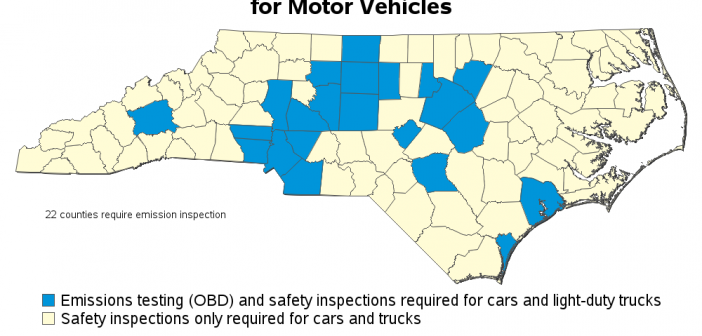
If you live in North Carolina, chances are you have to get your vehicle inspected each year, before you can renew your license plate. The inspection consists of a safety portion, and in some counties an emissions portion. In the past, 48 of NC's 100 counties required the emissions portion
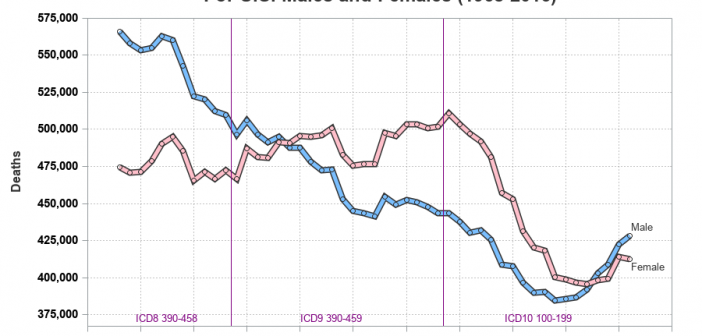
I have written several blog posts about longevity, and here is another one related to that topic. Cardiovascular disease (cvd) is one of the more common causes of death, and I was wondering how those numbers have changed over time. Are fewer people dying from cvd, or are more people
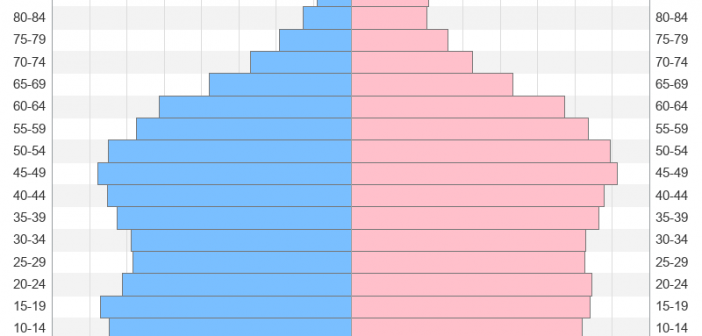
With the US census coming in 2020, I've decided to sharpen my skills at graphing census data. And today I'm working on creating a population pyramid chart to analyze the age and gender distribution. Follow along if you'd like to see how to create such a chart ... or jump
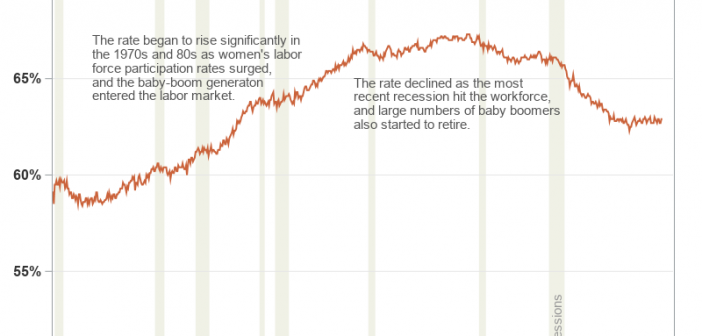
Plotting just your data often helps you gain insight into how it has changed over time. But what if you want to know why it changed? Although correlation does not always imply causation, it is often useful to graph multiple things together, that might logically be related. For example, recessions
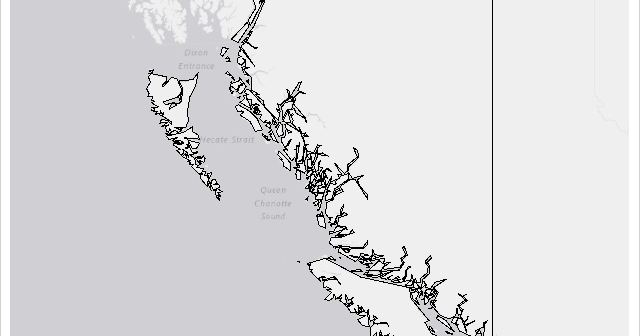
In the previous Graphically Speaking blog for PROC SGMAP, you used PROC GPROJECT so map regions would match OpenStreetMap and Esri background images. This time, the same British Columbia shapefile is used with: PROC GREMOVE to remove unwanted boundary lines PROC GREDUCE to reduce map data PROC GPROJECT to zoom
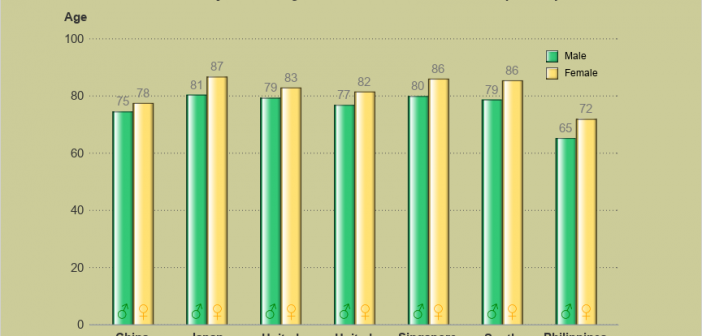
You might have noticed I've been trying out SAS ODS Graphics lately, whereas in the past I mainly used SAS/Graph for my samples. In this blog post I step you through my latest fancy SGplot graph - hopefully you'll learn some tips & techniques, as you follow along. (I don't

